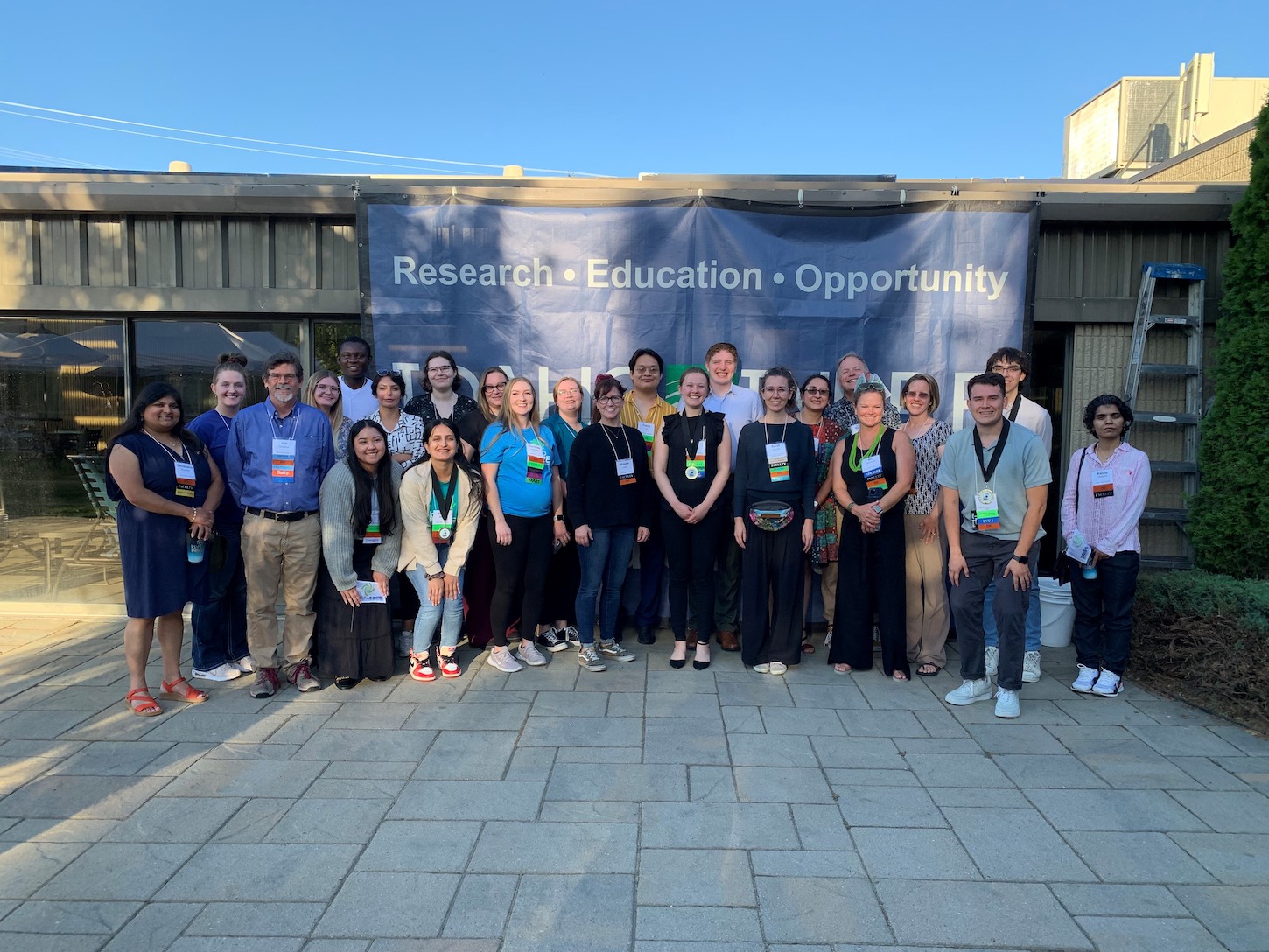Idaho State University INBRE Students Take Home Awards at 2024 Conference
September 16, 2024

Idaho State University’s contingent of INBRE fellows made their way home from this year’s conference with a handful of honors.
Held in Moscow, Idaho, in late July, the ISU-affiliated fellows took home four of the six poster awards in the Undergraduate Summer Research student and faculty choice categories. The winners, their faculty mentors, and their research topics are listed below.
1st place: Student choice
Neelam Mishra, Dishant Aggarwal, Samjhana Pradhan, Kavita Sharma (mentor)
“LC-MS/MS Method Development for the Analysis of Neuroactive Metabolites Associated with
Healthy Aging”
LC-MS/MS is a special machine that can measure tiny substances in the brain called neuroactive metabolites. This study wants to create a way to use this machine to measure these substances and see if special probiotics can help keep the brain healthy as we get older.
3rd place: Student choice
Liv Peters, Alleyna Martes, Aimee Bozeman, Leticia Herrera, Michele Brumley (mentor)
“Mother Knows Best: Effect of Maternal Hyopsmia on Weight Bearing Locomotion in Neonatal
Spinal-Transected Rats”
The project examined the effect of maternal care on motor behavior in rat pups with a spinal cord injury. This research has implications for the role of tactile stimulation in the recovery of motor function following a neural injury.
1st place: Faculty choice
Aldhair Garcia Janampa (BYU-I INBRE fellow working in an ISU lab), Lizbeth de la Cruz (mentor)
“Sympathetic Innervation Increases in Pancreatic Islets During Aging”
Aldhair worked to understand how aging affects the sympathetic nervous system, a system that coordinates our body's response to stressful situations. Aldhair discovered that the size of the nerves from the sympathetic nervous system on the pancreas increases in the old stages of mice's lives.
2nd place: Faculty choice
Daniel Puentes Navarro, Sara Sadeghi, Michael A Thomas (mentor)
“Genome annotation and host range analysis of bacteriophage Statler”
Daniel sequenced the genome of a bacteriophage–a bacteria-attacking virus–and determined the function of 40 of the 110 genes in the viral genome. One of these is hypothesized to play an important role in bacteria infection and might be a useful tool for genetically engineering bacteriophages that can kill antibiotic-resistant pathogenic bacteria that infect humans.
In total, 11 ISU INBRE fellows, 2 Brigham Young University–Idaho fellows working in ISU labs, 10 ISU faculty, and 4 ISU graduate students participated in poster, oral, and fast-pitch presentations at the conference.
The Idaho INBRE Program seeks “to improve the health of all Idahoans by augmenting and strengthening Idaho’s capacity to do and sustain biomedical research and education.”
Categories:

